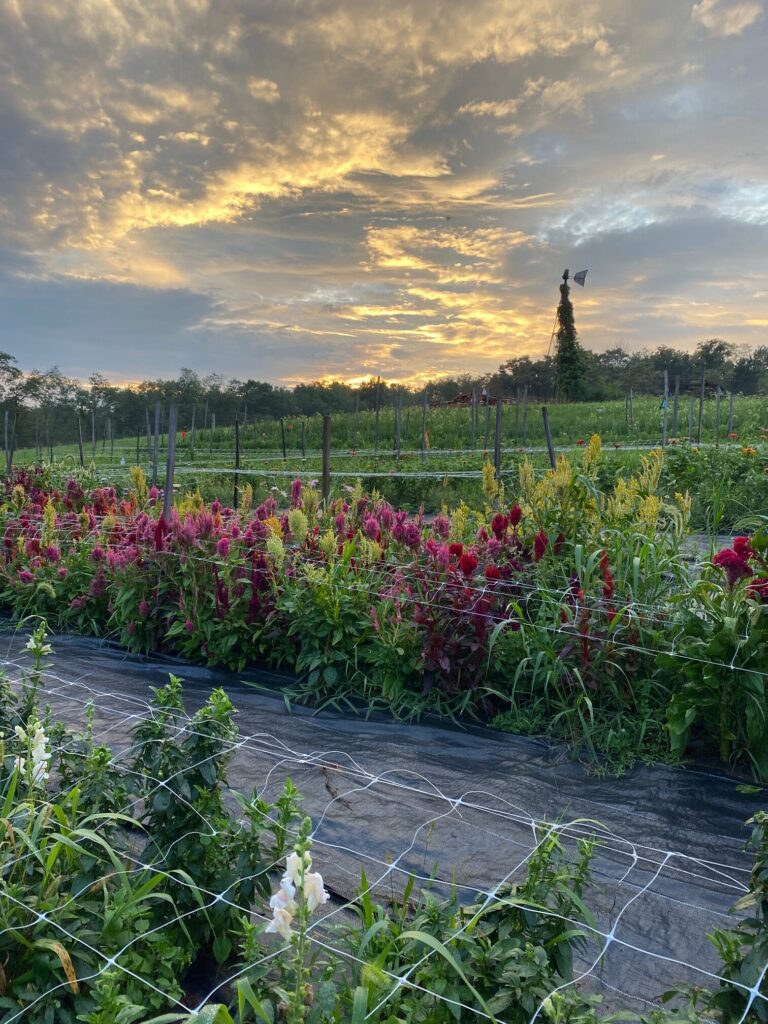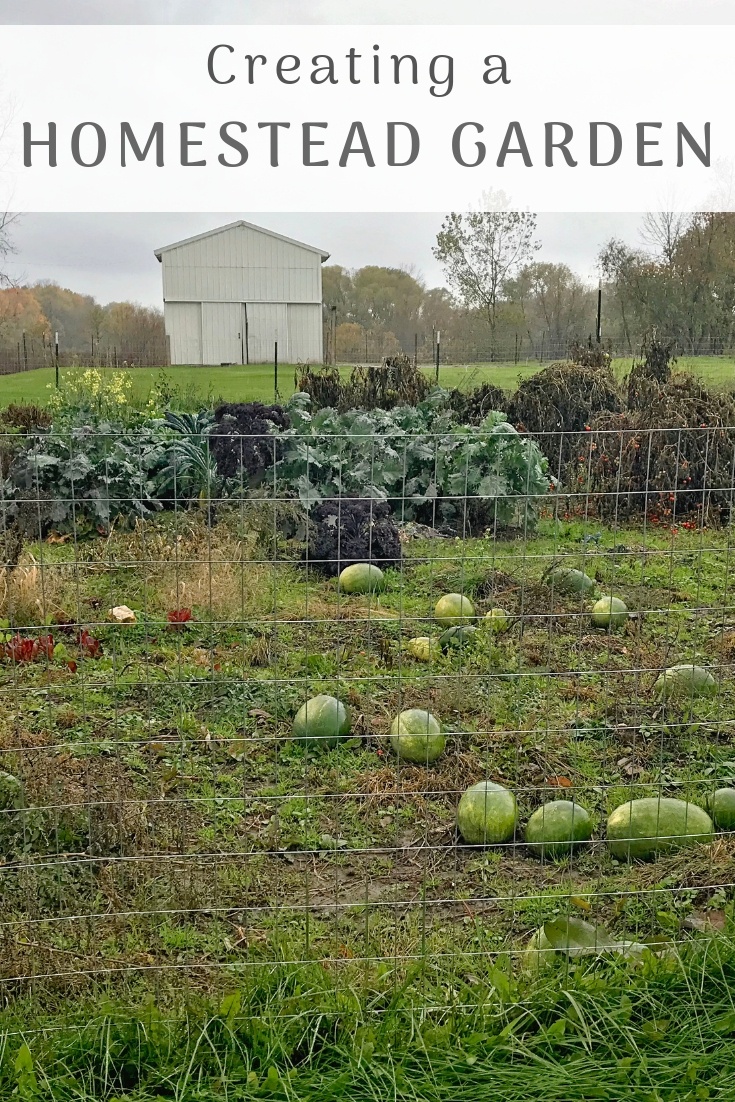Discover Necessary Tips for Effective Gardening Techniques and Practices
Horticulture, often seen as a basic pastime, includes a variety of strategies and practices that can substantially affect the outcome of your efforts. By focusing on crucial elements such as soil health and wellness, efficient sprinkling strategies, and appropriate plant choice, garden enthusiasts can develop a thriving community that supports dynamic growth. Recognizing the subtleties of pest management and seasonal maintenance can even more enhance productivity. Numerous enthusiasts neglect crucial details that can make or damage their horticulture success-- checking out these neglected elements may disclose the trick to cultivating a flourishing garden.
Recognizing Soil Wellness
Soil health is an essential aspect of effective gardening, as it straight influences plant development, nutrient schedule, and community equilibrium. Healthy dirt is defined by an abundant biodiversity of microorganisms, natural matter, and a well balanced pH level, which with each other create an atmosphere conducive to plant advancement.
To understand soil wellness, one should consider its physical, chemical, and organic residential or commercial properties. The appearance and structure of soil influence its ability to maintain moisture and nutrients, while the chemical structure establishes the availability of necessary elements like phosphorus, potassium, and nitrogen. Normal soil testing is critical to evaluate these aspects, permitting gardeners to make informed decisions pertaining to fertilizers and changes.
Additionally, advertising organic task within the soil is vital for preserving its health and wellness. Practices such as composting, plant turning, and making use of cover plants can boost microbial diversity, improve nutrient cycling, and decrease soil erosion. By prioritizing soil health and wellness, garden enthusiasts not just maximize plant development yet additionally add to a sustainable ecological community, ensuring that their gardening practices are resilient and eco liable over time.
Reliable Sprinkling Strategies
Making certain that plants obtain the ideal quantity of water is crucial for their health and wellness and growth, especially when coupled with a solid structure of dirt health and wellness (Homestead Gardening). Efficient watering techniques can significantly impact plant vigor, minimizing water waste and promoting optimal growth
One fundamental approach is deep watering, which motivates roots to expand much deeper into the dirt, enhancing dry spell resistance. This method generally entails watering much less often but in bigger quantities, permitting wetness to pass through the origin area completely. Timing is also critical; early morning is the perfect time to water, as it decreases evaporation and permits foliage to completely dry during the day, lowering illness threats.
Furthermore, using mulch can aid retain soil moisture and regulate temperature, further aiding efficient watering practices. Making use of a drip watering system can also provide targeted moisture directly to the origins, guaranteeing that water reaches where it's most needed while conserving resources.
Keeping an eye on rainfall and dirt dampness degrees can direct modifications in your watering schedule, making sure plants obtain consistent hydration without over-saturation. By embracing these efficient sprinkling strategies, gardeners can promote a successful setting for their plants to flourish.
Plant Selection and Placement
Exactly how can the appropriate plant selection and tactical placement transform a yard right into a prospering ecosystem? The synergy between plant varieties and their placement is vital for developing a vivid yard. When picking plants, consider factors such as climate, soil type, and sunlight direct exposure. Indigenous varieties are often the best choice as they are adapted to local problems and call for much less upkeep.
Strategic positioning entails setting up plants according to their development practices and needs. Taller plants should be placed at the rear of borders to stop shading much shorter plants. Furthermore, grouping plants with comparable water and light needs can improve their growth and lower competitors for resources.
Incorporating a variety of useful reference plants not only adds visual charm but additionally promotes biodiversity, attracting valuable pests and pollinators. Think about the seasonal changes in your yard; choose a mix of evergreens, annuals, and perennials to make sure year-round rate of interest.
Last but not least, keep in mind to assess the fully grown size of plants prior to planting to stay clear of overcrowding and make certain sufficient air circulation. Thoughtful plant choice and strategic positioning create an unified environment, enabling your garden to prosper while reducing obstacles.
Insect and Condition Administration
Reliable insect and condition management is necessary for maintaining a healthy and balanced yard community - Homestead Gardening. An aggressive method, incorporating cultural, biological, and chemical approaches, can considerably lower the impact of bugs and diseases on your plants

Biological controls, such as presenting helpful insects like ladybugs or predatory mites, can keep insect populations in check without hurting the setting. Furthermore, keeping plant wellness with proper watering, fertilization, and pruning will bolster their strength versus diseases.
When intervention is required, select targeted chemical treatments, making sure to adhere to application standards to reduce damage to non-target organisms. Always focus on lasting methods, as they promote long-lasting garden health and ecological balance. By integrating these strategies, gardeners can efficiently take care of bugs and diseases, making certain flourishing plants and a productive yard.

Seasonal Upkeep Practices
Throughout each period, carrying out targeted maintenance practices is essential for optimizing recommended you read garden wellness and efficiency. In spring, concentrate on soil preparation by testing pH degrees and adding necessary amendments. This is additionally the excellent time to use fertilizers and compost to keep dampness and reduce weeds. On a regular basis evaluate arising plants for bugs and diseases.
As summer season methods, ensure ample irrigation while keeping track of for indicators of tension or condition. Prune back disordered plants to motivate official site air blood circulation and decrease moisture around foliage. This technique not only boosts plant wellness but additionally advertises flowering and fruiting.
With the arrival of fall, it's time to prepare for winter. Tidy up dropped leaves and debris to avoid pest invasions, and take into consideration planting cover plants to improve soil health and wellness. This period is also suitable for dividing perennials and planting spring-flowering bulbs.
Verdict
Successful gardening hinges on the integration of sound practices in dirt wellness, watering, plant option, parasite monitoring, and seasonal upkeep. By focusing on soil testing and microbial diversity, employing reliable sprinkling methods, and choosing proper plants, gardeners can create thriving communities.
By prioritizing essential elements such as dirt wellness, reliable watering techniques, and appropriate plant option, garden enthusiasts can produce a flourishing community that supports vivid development. By focusing on soil health, garden enthusiasts not just enhance plant growth but additionally add to a lasting environment, ensuring that their gardening practices are eco accountable and resistant over time.
Taller plants must be positioned at the back of boundaries to avoid shielding shorter plants. Tidy up fallen leaves and particles to avoid parasite invasions, and consider planting cover plants to enhance dirt health and wellness.Effective gardening hinges on the assimilation of sound techniques in soil health and wellness, watering, plant selection, bug management, and seasonal maintenance.
Comments on “Beginner-Friendly Approaches for Homestead Gardening Effort”